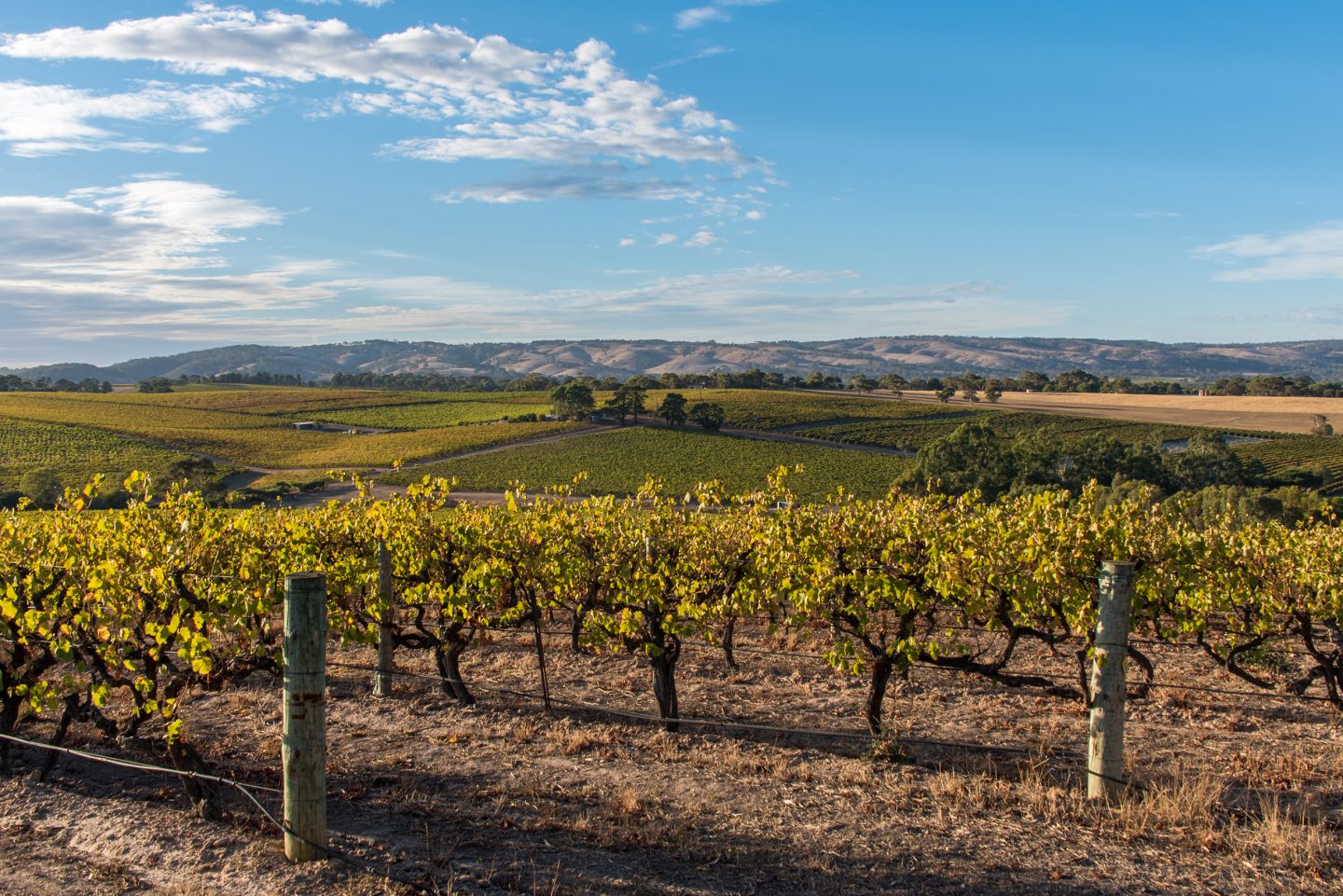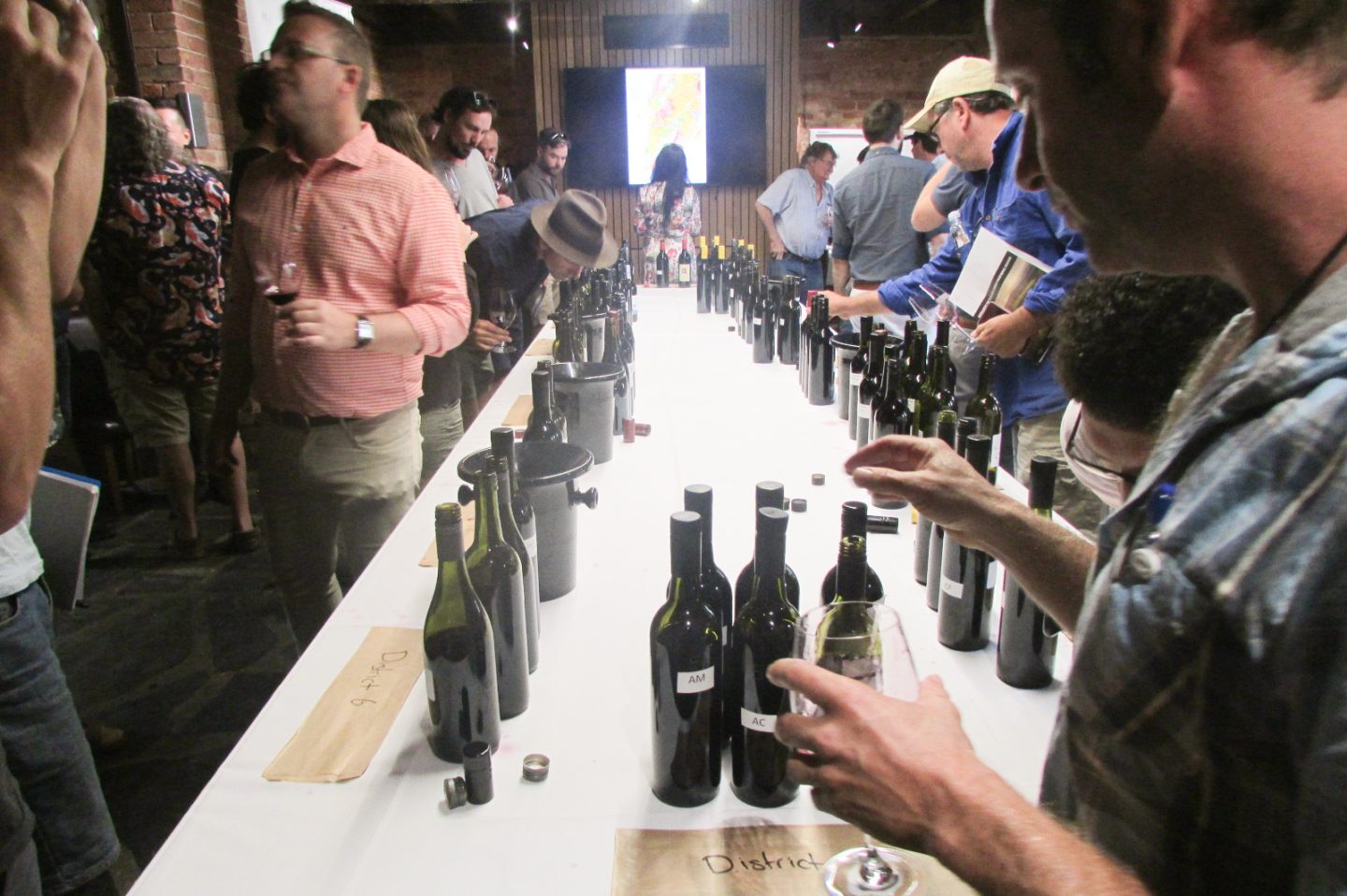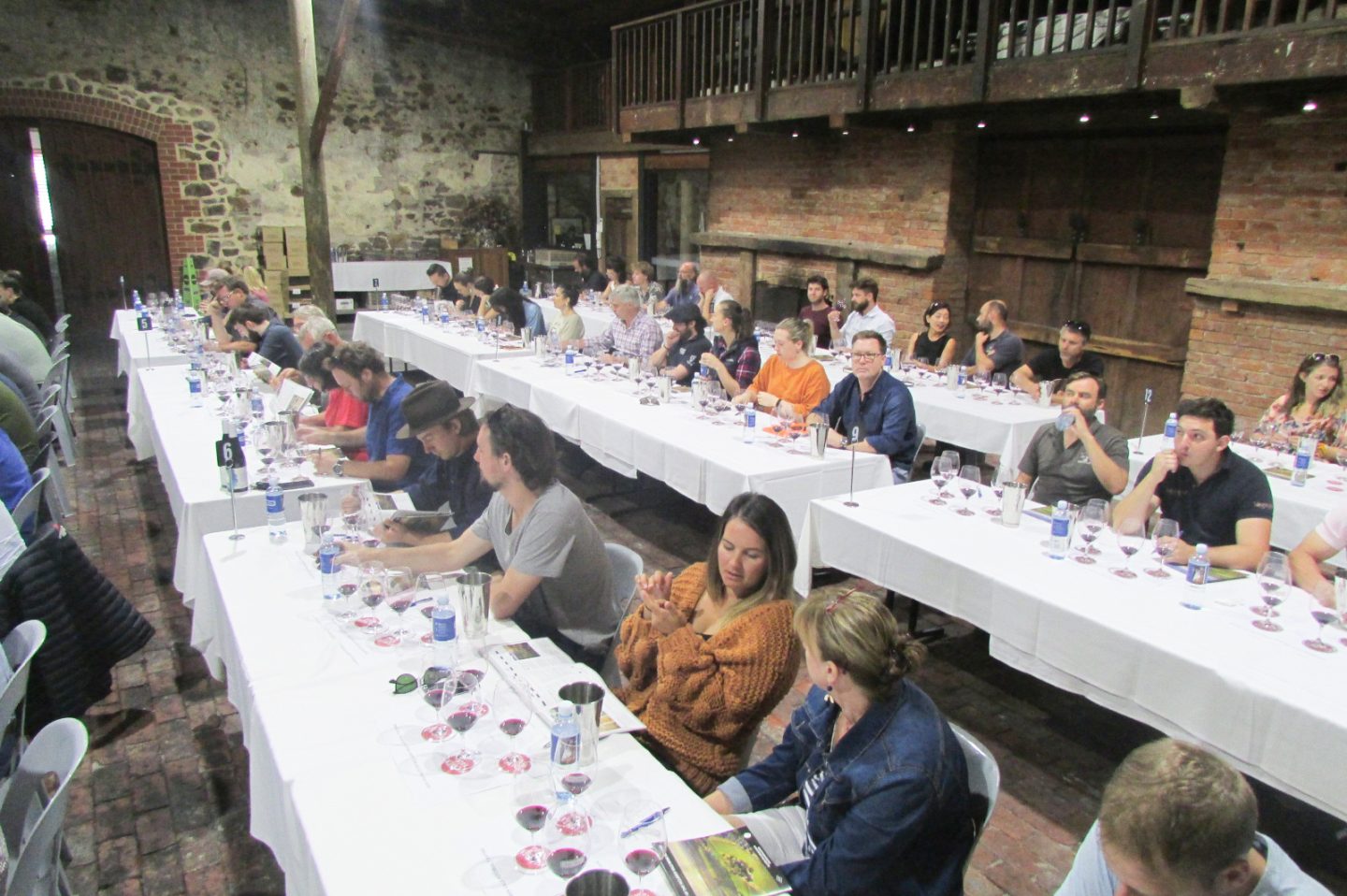Delving deeper into McLaren Vale shiraz

Deliciousness is in the detail of shiraz sourced from different parts of McLaren Vale
The chiming of the Angelus Bell from its tower at Wirra Wirra winery in McLaren Vale back on 7 February signalled the start of the 2020 vintage, but it also marked a moment of serious reflection for many McLaren Vale winemakers about how they make and market the region’s most prolific grape variety – shiraz.
Immediately before the vintage bell-ringing ceremony, Wirra Wirra hosted a tasting tutorial for 60 people to examine sub-regional shiraz from the previous year’s vintage, conducted by the Districts of McLaren Vale Working Group. This assembly of winemakers has spent the past decade striving to identify differences between shiraz characteristics from the 19 wine growing districts of McLaren Vale, drawn from the region’s detailed geology map. This analysis is central to their efforts to define the region’s terroir – the all-encompassing mix of soil, geology, climate and viticulture that affects the personality and flavour of wines from specific locations.
What the group found this year is compelling. Blends from four different districts – with each blend comprising at least seven single- vineyard wines from neighbouring producers – each exhibited significantly different characteristics. Rather than winemaking techniques or oak usage exerting their influence, these blends showed the soil and geology speaking through the wines.
The tone of discussion about these sub-regional characteristics became more serious this year, backed by data recorded and analysed by Wes Pearson, who is a senior sensory scientist from the Australian Wine Research Institute and also a McLaren Vale–based winemaker behind Dodgy Bros wines.
Together with the lead tasting panel of winemaker and Master of Wine Drew Noon, Chapel Hill winemaker Michael Fragos and d’Arenberg winemaker Chester Osborn, this group’s tasting results of the 2019 vintage shiraz reinforces notes they have been taking for the past decade about distinctive characteristics aligned to each sub- region. It also aligns neatly with sub-soil differences identified in the complex geology map of the McLaren Vale Wine region – a seminal wine region profile that was first produced in 2008 but reissued with expanded information in August 2019. The sum of this analysis shows there’s great merit to McLaren Vale’s serious terroir discussion.
“The data from this year’s vintage tasting confirms what we’ve seen from tasting the various sub-regions over the previous 10 years, but mapping the data legitimises what we have been thinking,” says Pearson. “We’re actually onto something here.”
It also showed that the way winemakers in McLaren Vale are addressing their best parcels of shiraz grapes is also changing. This shift – away from heftier broader, riper and more alcoholic wines – is in step with how McLaren Vale has recently reinvented its grenache, producing leaner yet more juicy and vibrant wines that have become the Australian wine industry’s current darling.


Shiraz tasted from the 2019 vintage shows signs of following suit – which is especially encouraging as the hot, dry vintage conditions could be expected to influence more ripe fruit and fuller, more blocky wines. Although there is not yet universal change across the district, there is a critical mass of winemakers who have revised their methods, and their more gentle, nuanced treatment of shiraz fruit is allowing sub-regional characteristics to shine more prominently in each wine.
Drilling into the detail of the 2019 shiraz sub-regional blends, District 3 from vineyards near Willunga showed bright and energetic red fruit character, with strong natural acidity that ensured clean, long flavours.
In striking contrast, the District 12 blend, from the deep sands of Blewitt Springs, had vibrant purple hues to match its more pronounced mulberry and blueberry flavours, and a luscious and heady floral perfume redolent of violets and fennel.
District 10, located on red earth atop ancient limestone running through the belly of McLaren Vale, provided earthy tones, a taut palate structure and firm tannins that held grip through long, persistent flavours.
Very old rocks at the base of District 9, running across the Seaview sub-region north of McLaren Vale, produced shiraz with a distinctive savoury note, its restrained red fruits also showing spikes of black olive and dried sage.
Initially, sub-regional shiraz analysis was attached to the Scarce Earth project, a branding exercise to identify the characteristics of some single vineyard McLaren Vale shiraz from the 2009 vintage. This started a larger conversation about sub-regional differences in wines sourced from other parts of McLaren Vale, and got a whole lot more winemakers thinking about what makes their patch of vineyard special and distinctive.
All this makes for a very complex but compelling picture, something Drew Noon says makes the analysis of McLaren Vale shiraz a more exciting study for wine drinkers. “There is no single story to shiraz from this region – and the more different examples of quality we can put up, the better,” says Noon. “This year marks another step forward for this ongoing project, but there’s more work to be done. We haven’t unlocked all the secrets yet. McLaren Vale shiraz is showing itself to be a wine with many different identities.”